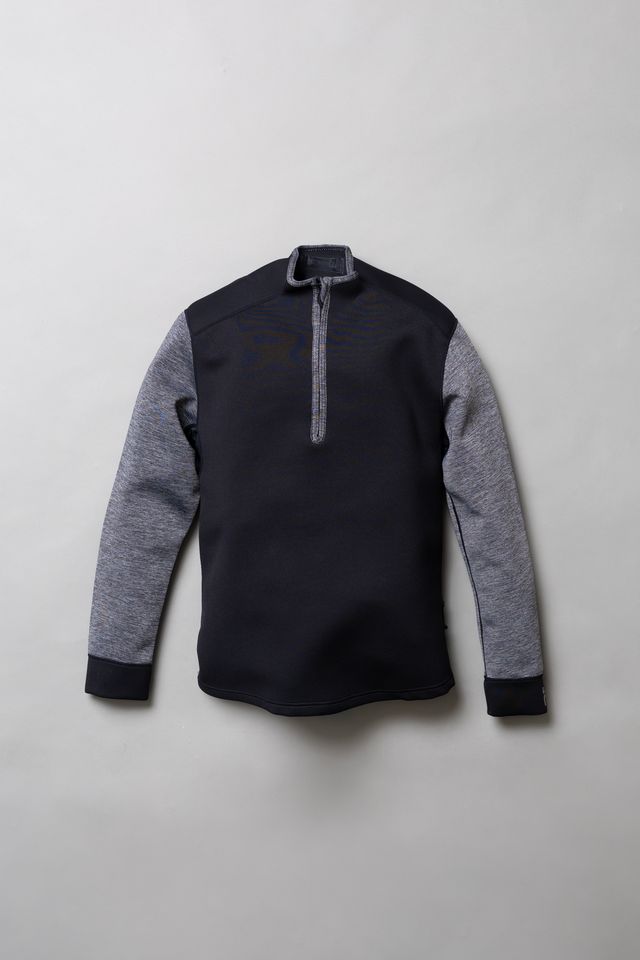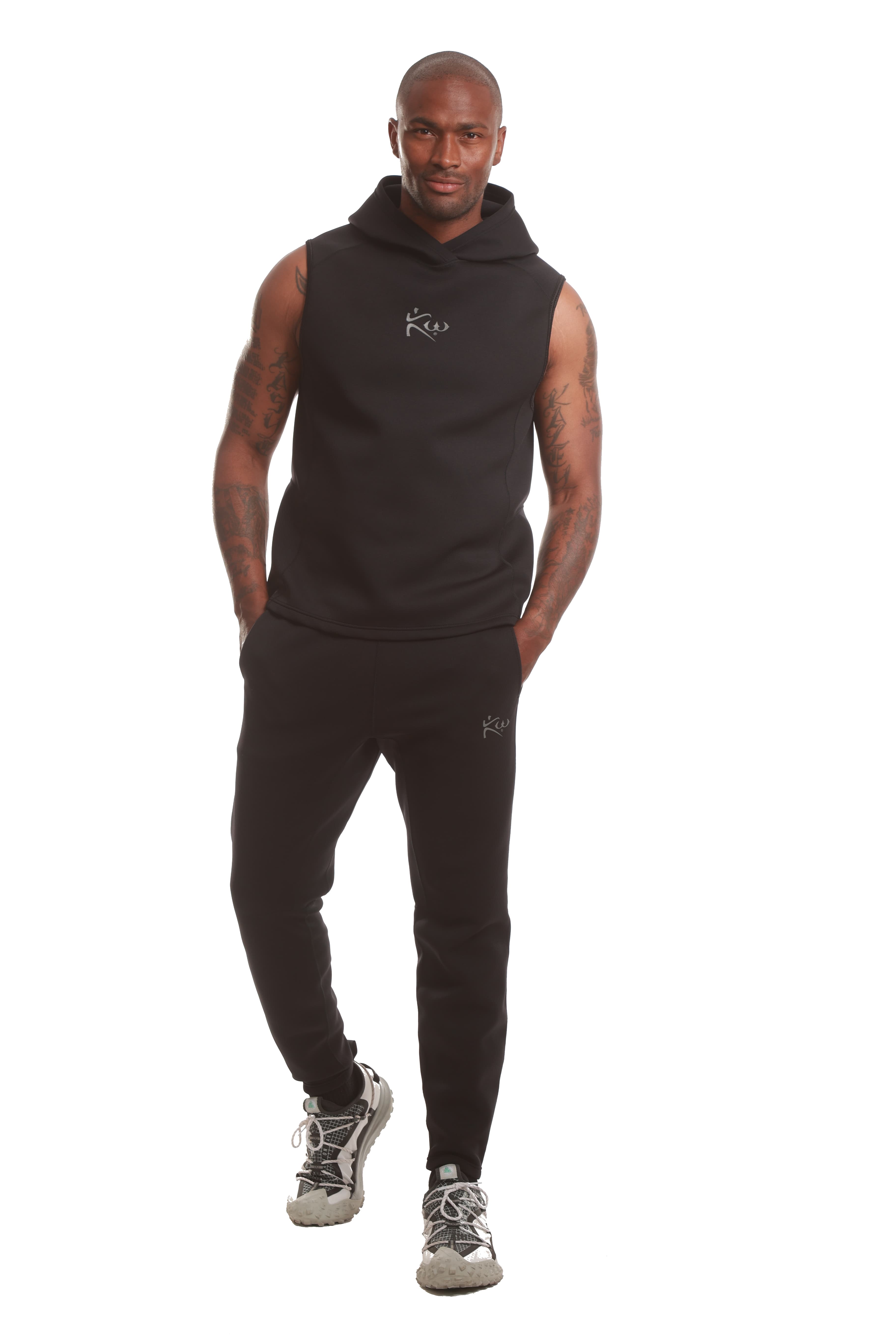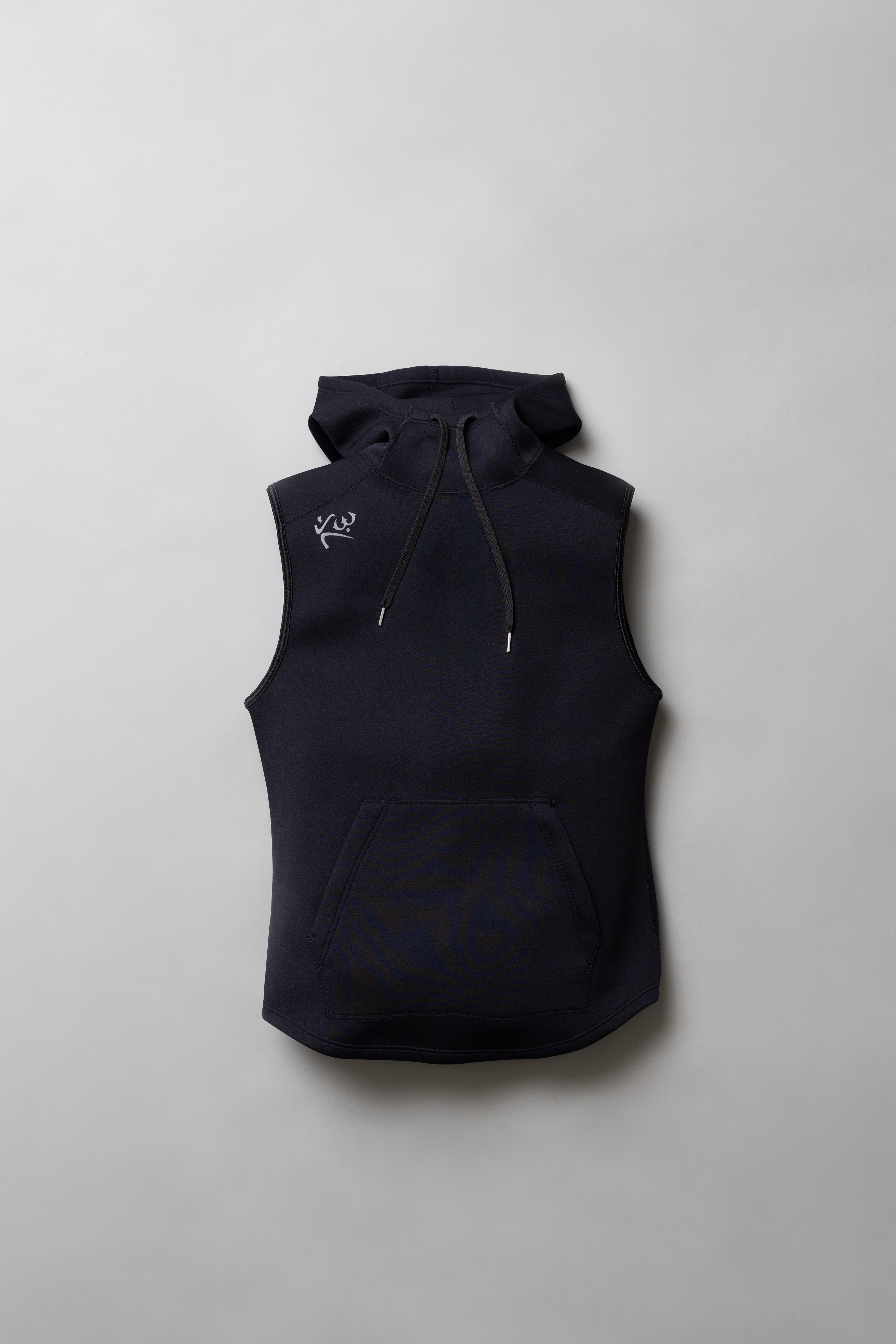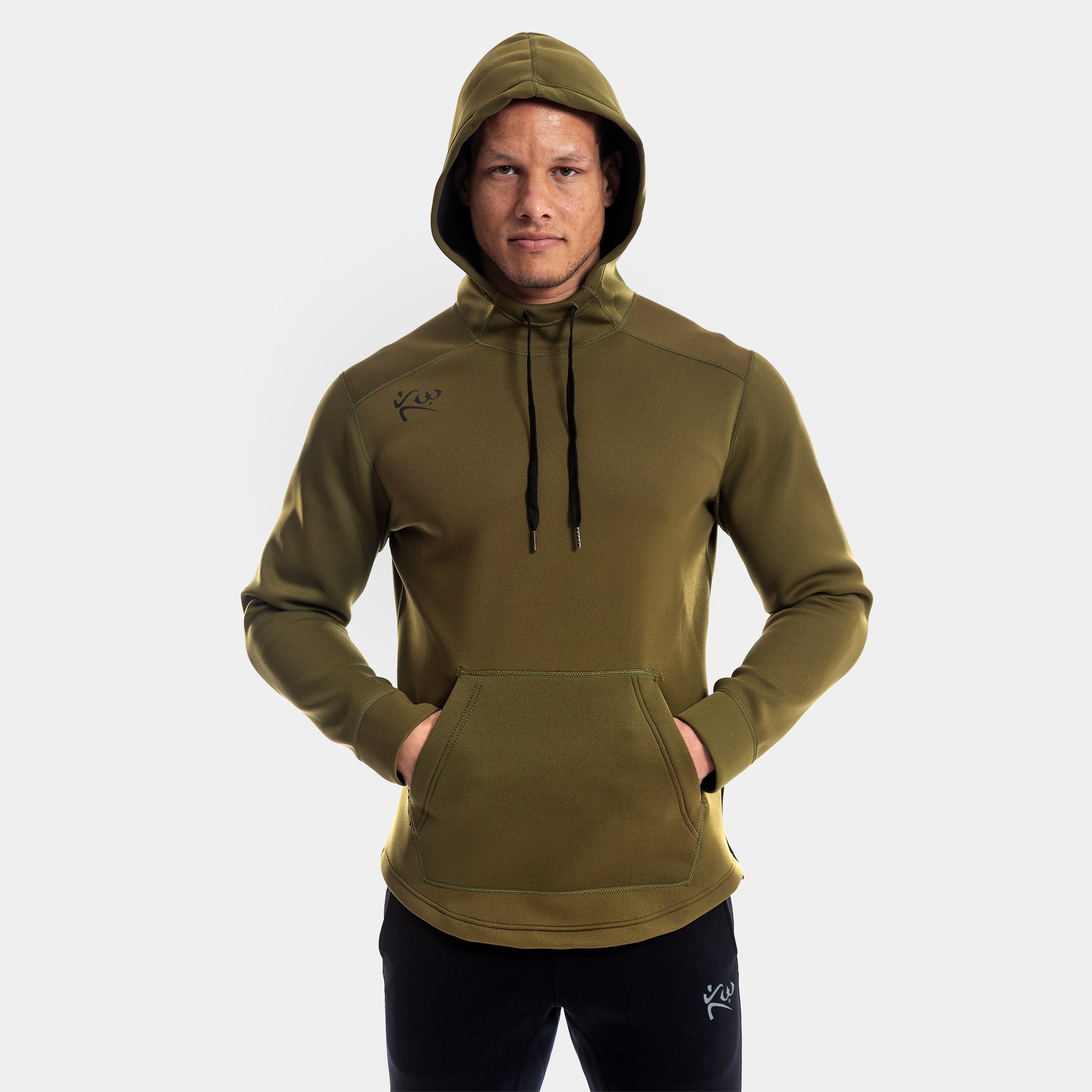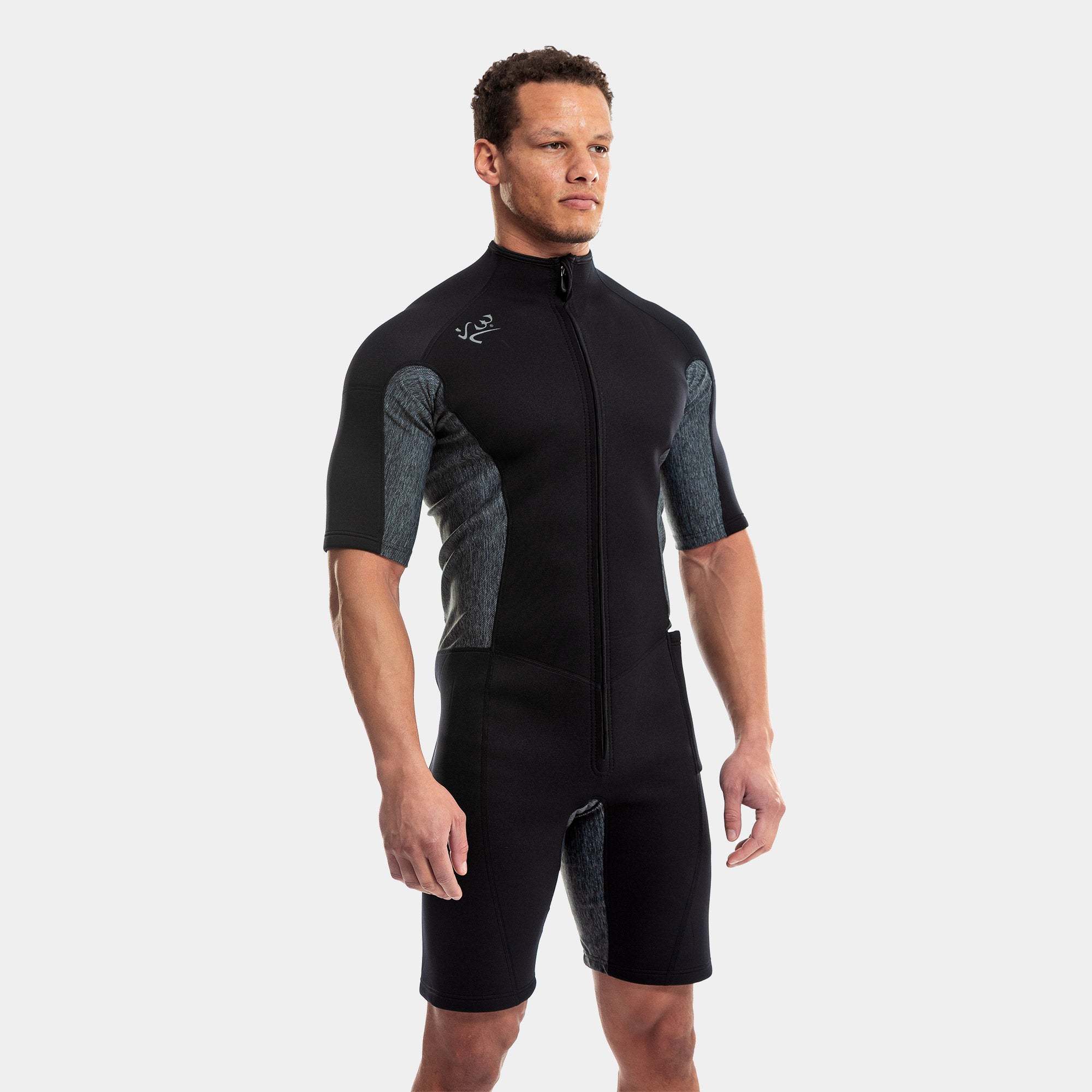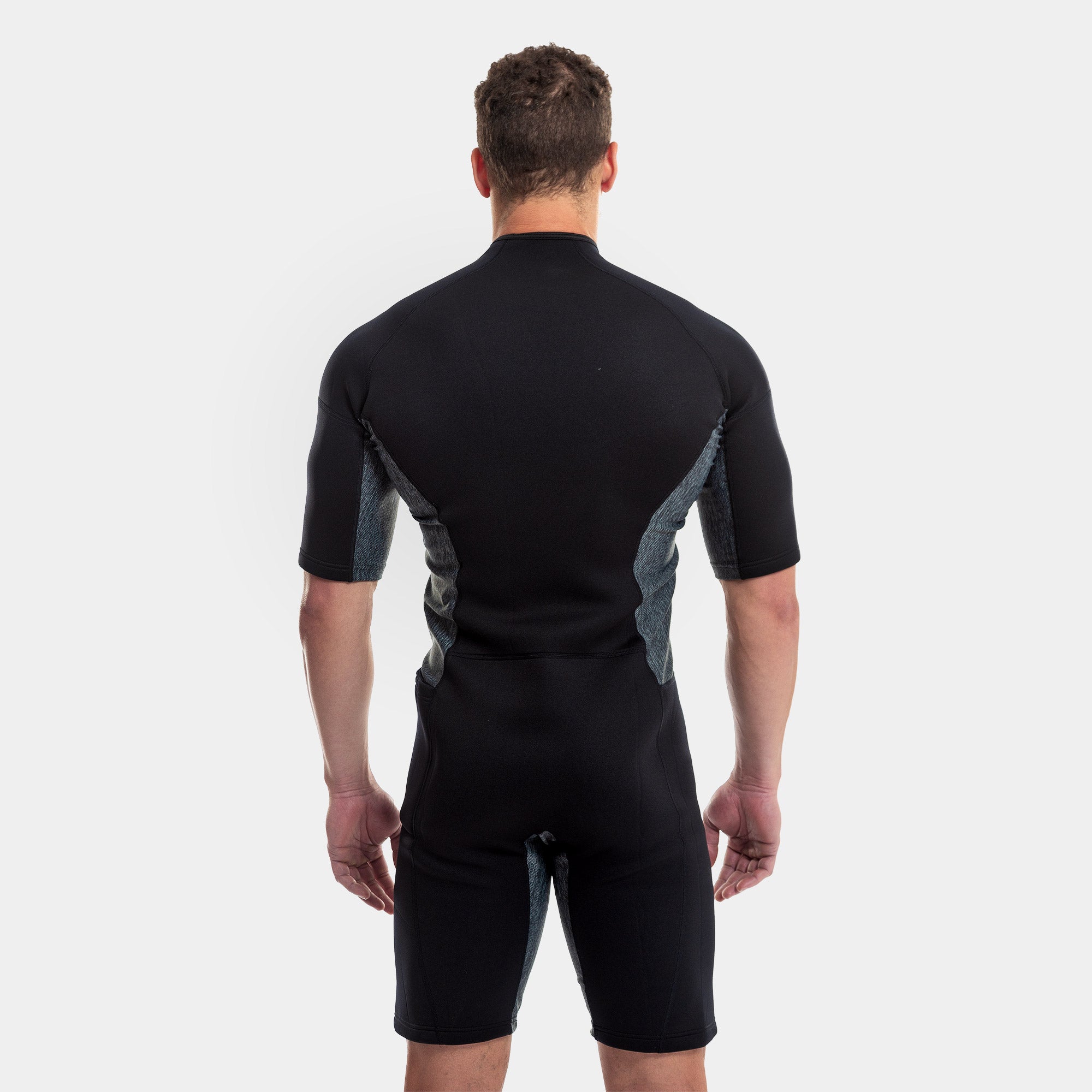Candy in Your Meal Plan? The One Time When You Should be Eating Candy

You’re working hard, you’re starting to see gains, and maybe you’re just a few pounds shy of that weight loss goal. You cut out all of your favorite treats and drinking is as rare as the full moon. Now what if we told you that candy may be able to make an appearance in your diet again? Through the tears of rage and happiness, keep reading on.
Candy, specifically simple sugar treats, may play a valuable part of your fitness goals IF your goals are all about muscle building or endurance boosting. Let’s review the one time in your meal planner when candy may be able to be a part of your diet.

Eat This, Not That
Notice how we say candy and not chocolate. We are looking for carbohydrates in the form of simple sugars. Sure, chocolate may have sugar but it also has fat. This will interfere with nutrient timing as we discuss below.
Here are some great examples of sugar-based candy that may be able to become a part of your diet at one special point per day:
- Skittles
- Gummy-based snacks (e.g. – worms, bottles, etc)
- Pixie sticks
- You can also eat raisins, which are nature’s candy and just as sweet.
The Nutrient Timing Debate
Before we tell you when you’re able to eat candy, let’s quickly highlight the nutrient timing debate. There are many experts that suggest timing is everything when it comes to maximizing fitness goals, especially muscle building.
There are definitely consistent results but these results often get mixed in with agendas and odd variables. Here is what can be generally agreed upon when it comes to nutrient timing:
- Muscle glycogen is mostly (if not totally) completed following a resistance training (weight lifting) workout
- Muscle glycogen is important for weight lifters but far more important for endurance-based athletes
- Muscle glycogen levels should be a focus in your nutrition plan
- One of the best ways to support muscle building and muscle glycogen restoration is through post-workout nutrition
- By consuming a combination of fast digesting protein such as whey isolate and a carbohydrate source, you may be able to positively impact your muscle glycogen levels AND muscle growth results
- Where the carbohydrate source falls on the glycemic index is irrelevant

“So when can I eat candy?”
*drum roll*
You can eat candy after a weight training or resistance training workout. Studies have tested various types of carbohydrates and the best results came from a glycemic mix. In other words, carbohydrate sources on different levels of the G.I. For example, eating a spoonful of honey with a handful of Skittles.
Here’s the catch: The candy needs to be eaten along with a high protein meal. This can be whole food or a protein supplement. If you use a protein supplement, make sure it’s an isolate as that assimilates at the highest rate.
Tell Us What You Think!
Do you have a post-workout nutrition program?
What are your secrets?
Let us know in the comments below!
Richard B Kreider, Conrad P Earnest, Jennifer Lundberg, Christopher Rasmussen, Michael Greenwood, Patricia Cowan and Anthony L Almada. Effects of ingesting protein with various forms of carbohydrate following resistance-exercise on substrate availability and markers of anabolism, catabolism, and immunity. Journal of the International Society of Sports Nutrition 20074:18. DOI: 10.1186/1550-2783-4-18
Campbell B, Kreider RB, Ziegenfuss T, La Bounty P, Roberts M, Burke D, Landis J, Lopez H, Antonio J: International Society of Sports Nutrition Position Stand: Protein and Exercise. J Int Soc Sports Nutr. 2007, 4 (1): 8-10.1186/1550-2783-4-8.
Koopman R, Saris WH, Wagenmakers AJ, van Loon LJ: Nutritional interventions to promote post-exercise muscle protein synthesis. Sports Med. 2007, 37 (10): 895-906.
0 comments





